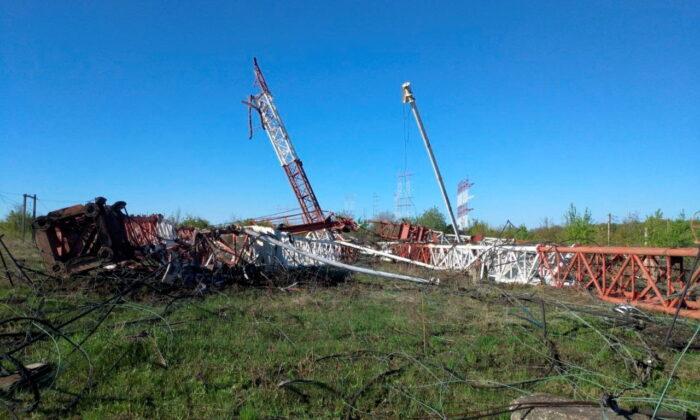North Korea on Tuesday launched an unidentified projectile off its east coast, the militaries of South Korea and Japan said, marking a second report of a missile launch in under a week.
JCS said in a media statement that the launch was detected around 7:27 a.m. from an inland area of North Korea toward the ocean off its east coast.
Japan’s Prime Minister’s Office and Defense Ministry said the North Korean weapon was possibly a ballistic missile, while the Kyodo news agency reported that the projectile appeared to have landed outside Japan’s exclusive economic zone (EEZ), citing government sources in Tokyo.
The launches by nuclear-armed North Korea this month follow a series of weapons tests last year that underscored how the Kim Jong Un regime continues to expand its military capabilities amid a self-imposed pandemic lockdown and deadlocked nuclear talks with the United States.
“The [South Korean] military is maintaining a readiness posture while closely monitoring related trends under close cooperation between [South Korea] and the U.S. in preparation for additional launches,” the JCS statement said, adding that it was probing the incident with U.S. intelligence agencies.
North Korea’s missile launches were “very regrettable,” said Japanese prime minister Fumio Kishida.
The suspected weapons launch came shortly after the U.S. mission to the United Nations, alongside France, Ireland, Japan, the United Kingdom, and Albania, denounced last week’s missile launch in a joint statement.
“These actions increase the risk of miscalculation and escalation and pose a significant threat to regional stability,” U.S. ambassador Linda Thomas-Greenfield said on Monday, adding that such tests expands what North Korea can provide to illicit arms dealers globally.
“[North Korea] makes these military investments at the expense of the well-being of the North Korean people,” Thomas-Greenfield said.
North Korea claimed last week’s launch was a “hypersonic” missile, but that has yet to be independently confirmed.
Pyongyang state media Korean Central News Agency (KCNA) claimed on Jan. 6 that the “hypersonic gliding warhead” manoeuvred 120 kilometers (75 miles) laterally before it traveled 700 kilometers (435 miles) to “precisely” hit its target.
The governments of Japan and South Korea, meanwhile, said they had reason to believe that it was a possible ballistic missile.
The Epoch Times has contacted the U.S. State Department for comment.
North Korean leader Kim Jong Un during a key political conference earlier this month vowed to bolster his military forces despite pandemic-related difficulties.
U.S.-led diplomacy on North Korea’s nuclear program has been stalled since 2019 due to disputes over international sanctions on the North. The Biden administration has repeatedly called for resuming the nuclear diplomacy “anywhere and at any time” without preconditions, but North Korea has argued that the United States must first withdraw hostility against it before any talks can restart.
North Korea’s nuclear arsenal, supported by the Chinese communist regime, is a major support to Kim’s rule and the survival of his regime. During his 10-year rule, he’s conducted a large number of weapons tests in a push to acquire the ability to launch nuclear strikes on the American mainland.
But his country’s economy has continued to falter severely in the past two years due to the COVID-19 pandemic, the U.S.-led sanctions over his nuclear ambitions, and his government’s own mismanagement.





